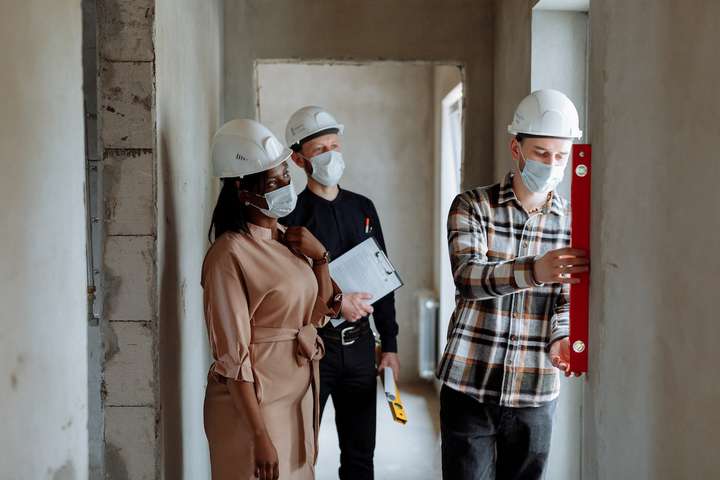It is the employer’s responsibility to ensure that they provide a workplace for employers that is safe and free from all possible hazards. Employers often hire safety leaders or health and safety experts who detect, analyze, and mitigate workplace hazards. They even invest in providing WHMIS training in Barrie for this, especially if their employees get in contact with hazardous substances.

But before we can identify and analyze any workplace hazards, it is essential to know the common workplace hazards first so it would be easy to understand what to look for.
Common Workplace Hazards
A workplace hazard is any work-related danger that might hurt an employee or even clientele that comes and goes into one’s office. It’s crucial to recognize all job dangers, regardless of industry. So, if the nature of your business involves working at height or even handling equipment such as piston compressors, there will always be risks involved.
Site hazards might vary from one industry to another. Here are some of the categories outlined by the Canadian Centre for Occupational Health and Safety (CCOHS):
- Safety hazards: Slips, trips, and falls; dangers that come with the use of equipment and tools.
- Physical dangers: Damage, disease, or death due to temperature, noise, air quality, radiation, and so on in the workplace.
- Chemical dangers: Anything that can cause disease, damage, or death in people.
- Ergonomic dangers: Anything that results from the employee’s role and responsibility in their job.
Ways to Identify And Analyze Workplace Hazards
Here are some ways to make your workplace safer by identifying and analyzing workplace hazards.
1. Collect Workplace Hazard Information
Now that you know the common workplace hazards, you can quickly pinpoint and collect data on the hazards you can find in your workplace. Another way to do this is by studying the hazards recorded in past hazard evaluations and inspections and performing a job hazard analysis.
Another effective way to determine these hazards is by consulting with front-line workers about the risks they’re exposed to on the site; they know better than anyone.
2. Inspect your workplace.
Your workplace might have safety threats that still need to be documented, which is why you should inspect your workplace to check for risks that have surfaced some time after your initial inspection.
There were likely changes in methods, tools, or occupational activities that might introduce new dangers.
During your inspection, cover all the facilities and places for any health and safety threats. Create a list of dangers to check for, such as slips, trips, and falls, including housekeeping and ergonomic difficulties in the workplace. Check your equipment for compliance, too.
3. Identify health risks
After assessing your workplace, identify health risks. These are harder to see since they are often invisible, like the COVID-19 virus. Some dangers provide immediate threats, while others take time to manifest. OSHA advises the following methods to detect health-related threats, including the coronavirus.
What you can do here is to identify dangerous substances, work activities, specific roles and responsibilities, physical factors, and any area in the workplace that may represent a risk to your team members.
When analyzing health-related hazards on-site, you should also consider team employees’ preexisting ailments.
4. Investigate workplace incidents
Investigate incidents by assessing all recorded on-site incidents, from near-misses to injuries. From this investigation, draw out information such as the incident’s source or fundamental causes.
After analyzing everything, preventative steps should be taken.
5. Identify emergency hazards
Another way is to identify hazards that occur exclusively in emergencies. One of the prevalent emergency hazards is the COVID-19 outbreak.
In the future, you should always consider implausible but possible circumstances, such as natural calamities, fire explosions, chemical spills, and so on. Ideally, your workplace should always be prepared and also; avail Fire Watch Services for the unexpected and have a clear and set system on what to carry out during these emergencies.





